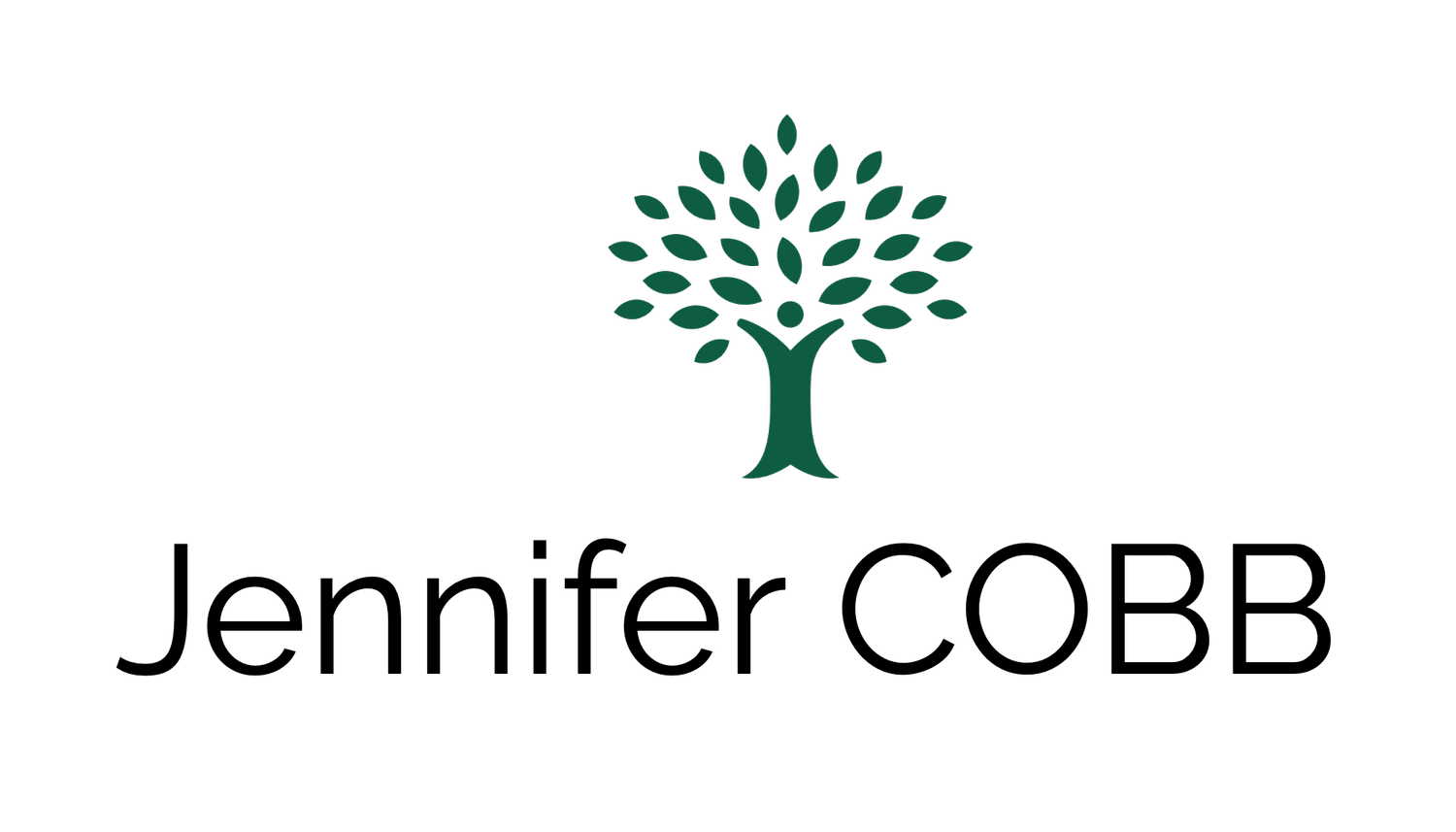Diversity 2.0 -- A Hidden Factor in Performance Outcomes?
Last month, McKinsey came out with a research report by Jacques Bughin and Michael Chui that shows that companies with the most pervasive use of Web 2.0 technologies are winning market share and gaining higher margins. (The rise of the networked enterprise: Web 2.0 finds its payday) Also recently released is new research by Keith Hampton at the Annenberg School that argues social media use increases the size and diversity of one’s personal social network. While Hampton and his coauthors do not look at workplace issues, and McKinsey largely ignores the importance of personal networks for business performance, reading these reports side by side begs the question – is increased diversity in personal social networks a factor in organizational performance?
It seems plausible that employees at organizations that effectively leverage Web 2.0 are exposing themselves to a greater diversity of ideas, people and experiences, resulting in a better feel for the market, more nuanced decision-making and other “intangibles” such as innovation and idea creation.
Why, according to McKinsey, are Web 2.0 technologies (social media, blogs, video sharing and RSS being the most prevalent) helping businesses do better? Their explanation boils down to better collaboration, both within and between organizations. Corporate silos begin to be breached and decision-making is driven further down the corporate hierarchy. In their “looking forward” section, they hint at something more interesting, but it remains largely unexplained.
They write, “the benefits from the use of collaborative technologies at fully networked organizations appear to be multiplicative in nature: these enterprises seem to be ‘learning organizations’ in which lessons from interacting with one set of stakeholders in turn improve the ability to realize value in interactions with others.” By limiting their discussion to traditional management jargon (“collaboration” “learning organizations”), McKinsey may be missing a much bigger and more significant trend – the reconfiguration of the way we leverage increasingly diverse personal and professional networks to create shared value across all of our engagements.
In an article published in November of 2010, How New Media Affords Network Diversity, Keith Hampton and his coauthors Chul-joo Lee and Eun Ja Her, write, “Only general Internet use – which includes email and web surfing – frequent use of the Internet at work, and the use of social networking services (e.g. Facebook) directly contribute to the diversity of personal networks. However, the direct contribution of even these limited relationships is substantial; an Internet user who frequently goes online at work and uses a social networking service has a network that is nearly one-half a standard deviation more diverse that those who do none of these things.” This is an important finding and runs counter to earlier research that argued that new media use is constraining the size and diversity of our social networks. (More on this debate in subsequent posts.)
Why does diversity in our core social networks matter? As Hampton et al write, “The potential for higher social capital is maximized in social settings where the diversity of others is highest. Those with higher social capital can access more support and are exposed to more diverse information, which is associated with those outcomes we identified related to trust, health, autonomy, knowledge and deliberation.” It is in our core networks that our attitudes and opinions are formed, where we deliberate and debate issues. But the story is a bit richer than simply the value of diversity. As Hampton points out in another recent paper, social media users are beginning to unlock the value of the diversity of their networks in a new way.
Status updates, link and photo sharing, blog posts – all these are ways of learning more about people you already know. Hampton writes, “New technologies may not increase diversity as much as they increase awareness of diversity that was always there.” The term Hampton uses for this phenomenon is “pervasive awareness,” which is the ambient, asynchronous exchange of information between members of a social network that “increases awareness of personal attributes that were present but unobserved.” When a friend, who may be a “weak tie” posts a link to a set of extraordinary images of wooden buildings in Siberia, my world view opens and deepens. It triggers new associations for me as I move through the world. I find myself immersed in a richer flow of ideas and I have experienced something I would not have otherwise, even in the off chance I had run into her at a party.
This new level of ambient information makes a difference in how we access and leverage the knowledge in our networks. Hampton et al argue that as we know more about each other, we tend to approach those in our network with more specialized and nuanced interactions. We know who may have insights into travel in Asia and we also know who would be good to approach with a thorny HR question. The “extra information” that people in rich social media workplaces glean from their personal networks may be leading not just to better collaboration with colleagues, but also a more generalized sense of trust, safety and wellbeing. It may also be increasing their capacity to innovate, to see things in new ways and make more creative decisions. When we consider the organizational effects of new media, it is important not to lose sight of the impact of our personal networks on how we function within the business environment. These issues are more closely linked than ever before.





